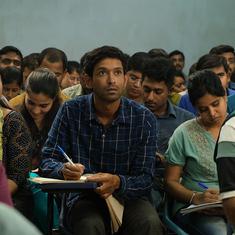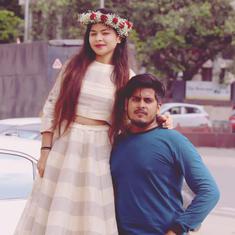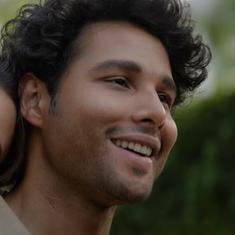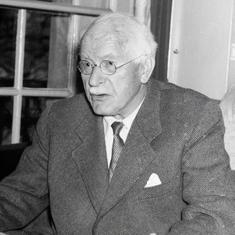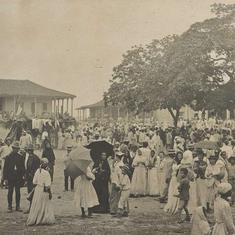In Kashmir, Sunday saw violence and extremely low voter turnouts for the bye-polls to the Srinagar Lok Sabha seat. Clashes between security forces and protesters left at least seven people dead and many others injured. Meanwhile, polling closed with just 7% turnout.
Poll-related violence is not new to the Valley, which has seen militancy since the 1990s. In the run up to the Lok Sabha elections of 1998, at least 45 political activists were killed, and before the general election of 1999, the number was 53.
The Assembly elections of 2002, which took place less than a year after the Parliament attack by Jaish-e-Mohammad, the Pakistan-based armed group fighting for the secession of Jammu and Kashmir, were particularly violent. According to reports, 88 political workers were killed in the run up to the polls and militants made repeated attacks on then Tourism Minister Sakina Itoo.
But these intense clashes between civilian protestors and security forces on polling day may be a first. Reports say that angry crowds attacked polling booths, damaged electronic voting machines and set vehicles on fire. Among those killed in Budgam district on Sunday was a Class 12 student.
Bye-elections to the Srinagar seat had to be held because Tariq Hamid Karra, the member of Parliament for the constituency and a member of the People’s Democratic Party, resigned from his seat and his party last year. He was protesting against what he described as the government’s failure to contain violence during the unrest of 2016. Since then, Karra has joined the Congress.
Telltale figures?
The voter turnout marks a sharp decline from previous elections. There were boycott calls by separatists. But almost every election for the last three decades in the Valley has been marked by boycott calls.
The Assembly elections have usually seen robust participation. In 1987, for the polls that were believed to be rigged and which pushed the Valley towards militancy, polling figures were between 74.9% and 78.6% for men, and around 70% for women.
The militancy took a toll but even during the height of militancy in 1996, polling figures went up to 53%, though commentators point to coercion and malpractices by security forces, especially in the rural areas. During the turbulent elections of 2002, it went down to 43.1% but then climbed up to 61.5% in 2008 and 65% in 2014.
For the Lok Sabha elections, they have traditionally been lower. But even in 1998 and 1999, the hey days of militancy, they hovered around 20%. The next decade also saw a rise in these figures: in 2014, it was 49.7%, 10 percentage points more than the Lok Sabha elections of 2009. Even during these years, the Srinagar parliamentary seat saw little voter participation. In 2014, it posted the lowest turnout, at just 25.9%, followed closely by Anantnag in South Kashmir and Baramulla in the north.
There was one Lok Sabha election where the polling figures were comparable: 5.48% in Baramulla and 5.07% in Anantnag. The National Conference candidate in Srinagar won uncontested in those elections. That was 1989, the year militancy first erupted in the Valley.
Bye-elections to the Anantnag parliamentary seat are scheduled for April 12. It fell vacant after the sitting MP, Mehbooba Mufti, left the Lok Sabha to become chief minister of Jammu and Kashmir. In June, she won the by-polls to the Anantnag assembly constituency.

